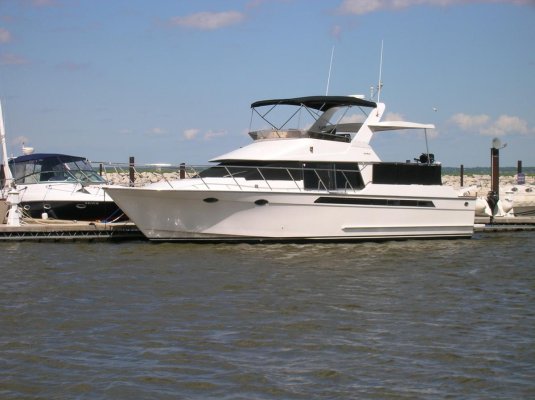Northern Spy
Guru
- Joined
- Feb 5, 2012
- Messages
- 4,092
- Location
- Canada
- Vessel Name
- Northern Spy
- Vessel Make
- Nordic Tug 26
Who really gives a hoot if there is or isn't a market? The premise of the original post is that it is a likeable design, and wonders if one has been built.Well, you said "there is a market." No evidence at all there is. Someone trying to establish one but making some drawings or a design and putting it on a web site isn't evidence of a market. Sales are evidence of a market. You say "if I was in the market for a vessel in this size range" but you're not. This brings us back to the GH74, that the market has shown no interest in it while others in that size range are selling. Good marketing teams subscribe to designing what the consumer will buy.
All boats start as a design. I would dare say that most great designers and architects have some fantastic designs that have never been or never will be built.
Not everything needs to be evaluated by a business case. In fact, thank goodness that some boat builders and boat buyers make spectacularly bad business decisions. If they didn't, some great boats and yachts would never exist.
I, for one, am pretty bored by the Chinese copycat design house styling of semi-custom yachts. Getting almost McMansion like.
Pick up a Woodenboat magazine once in a while and be swept away by the romanticism of boats.
End rant. [tongue firmly in cheek] [emoji3]




